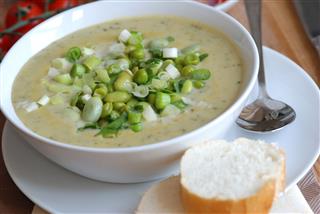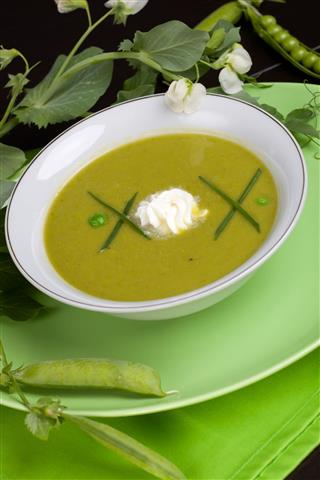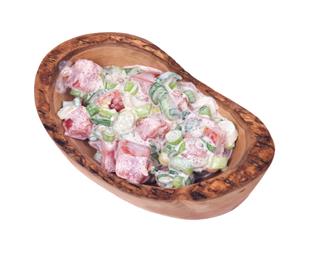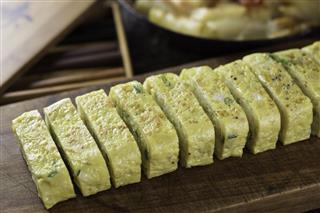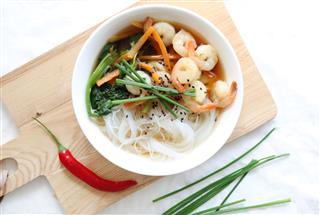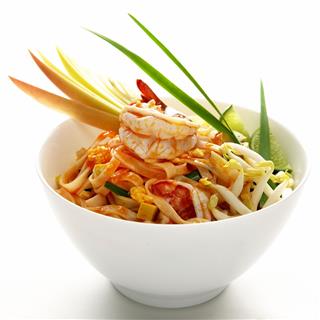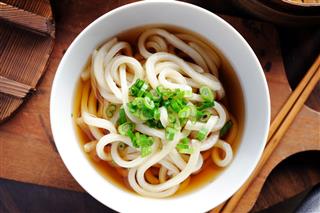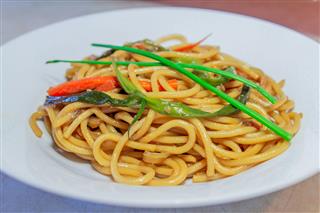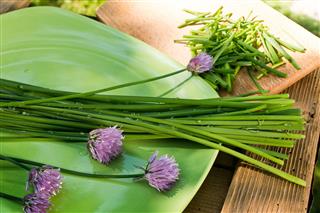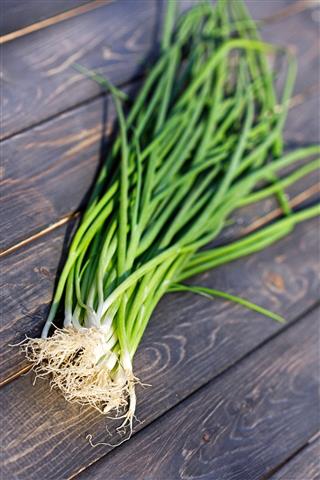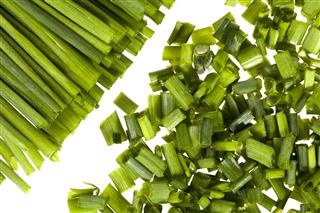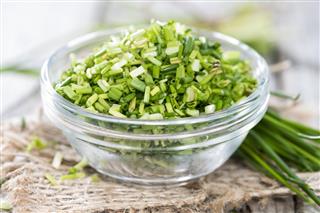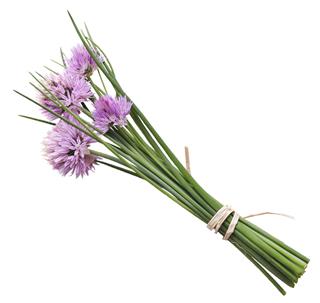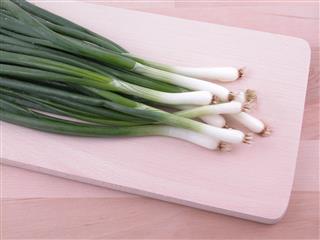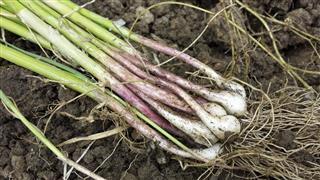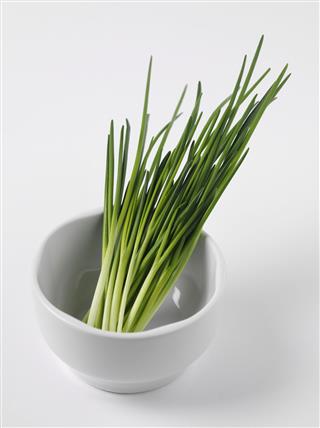
With similar a appearance and nearly the same usage, many people are inquisitive to know the difference between chives and scallions. If you are among those who are not sure about these veggies, we will help you in clearing your doubts.
Cooking is something that you learn with time and experience. Incorporating the right culinary herbs in the right amount can bring that unique flavor in food recipes. But, are you aware of the varied uses of similar looking, flavorful herbs? Yes, identifying them and their specific flavor will help you in choosing the flavor required for a dish. And believe me, it is not so easy to recollect accurate information of green vegetables and herbs.
If you do not believe me, check out the greens belonging to the onion family, Alliaceae. Take for example; chives, leeks, garlic, green onions or scallions, all these are species of the genus, Allium. No wonder, there is always some confusion pertaining to scallions, green onions, chives, and scallions. They are not only very similar in their external appearance, but they impart similar flavors to the dishes. And that’s why, they are often used interchangeably.
What are Chives?
The uses of chives have been known to the Chinese for thousands of years. They are perennial and regarded as the smallest cultivar of the Alliaceae family. The plants grow to a height of approximately 30-50 cm, with leaves measuring about 50 cm in length. They are bulbous and grow in clumps. At maturity, they bear pale purple flowers. Chive plants are very hardy and can be grown easily in a herb or vegetable garden.
What are Scallions?
Scallions are known by names like green onions, spring onions or salad onions. The upper leafy portion is bright green; while the lower bulb is white in color. They are onions, harvested at a very young stage, thus lacking matured bulbs. When harvested at a later stage, green onions develop flower stalks. Needless to say, both the leaf and bulb of scallions are tender. Their taste is slightly pungent, but milder than other matured onions. Adding scallions adds flavor and color to food recipes.
The Comparison between Chives and Scallions
Chive plants are exclusively known for their flavorful leaves; while nearly all parts of scallions are used in cooking. They are available in the market throughout the year. As far as flavor is concerned, chives are milder than other related onion species; whereas scallions impart a stronger flavor than chives.
Other distinguishing points between chives and scallions are listed below:
Leaf Comparison
No doubt, the foliage of both chives and scallions are green and hollow. But when you compare the leaves of these herbs, you will notice that chives are thinner than scallions. Also, depending upon species, chives leaves may be tubular or flat.
Use in Cuisine
The next profound difference between chives and scallions is the part used in cooking. In the former, only the upper green portion is added for garnishing food dishes; while with scallions, you can use both the upper green and lower white bulbs.
Special Recipes
Chopped chives are used for garnishing pancakes, sandwiches, baked dishes, soups, fried vegetables, etc. Coming to the use of scallions, they are added to a wide range of raw and cooked food recipes. In fact, you can add scallions to any recipe that calls for white or green onions.
Culinary Uses
Chives, though a flavorful herb, lose their flavor when cooked. Hence, they are best used in raw form, either chopped finely or cut into large pieces. Speaking about scallions, you can add them in raw or cooked form as per the recipe.
So, this was a brief overview of chives vs. scallions. By now, I hope you got the answer about the differences between the two. So, next time when you go grocery shopping, try identifying these flavorful culinary herbs without looking at the labels. In case of a shortage, you can use scallions as a substitute for chives.







